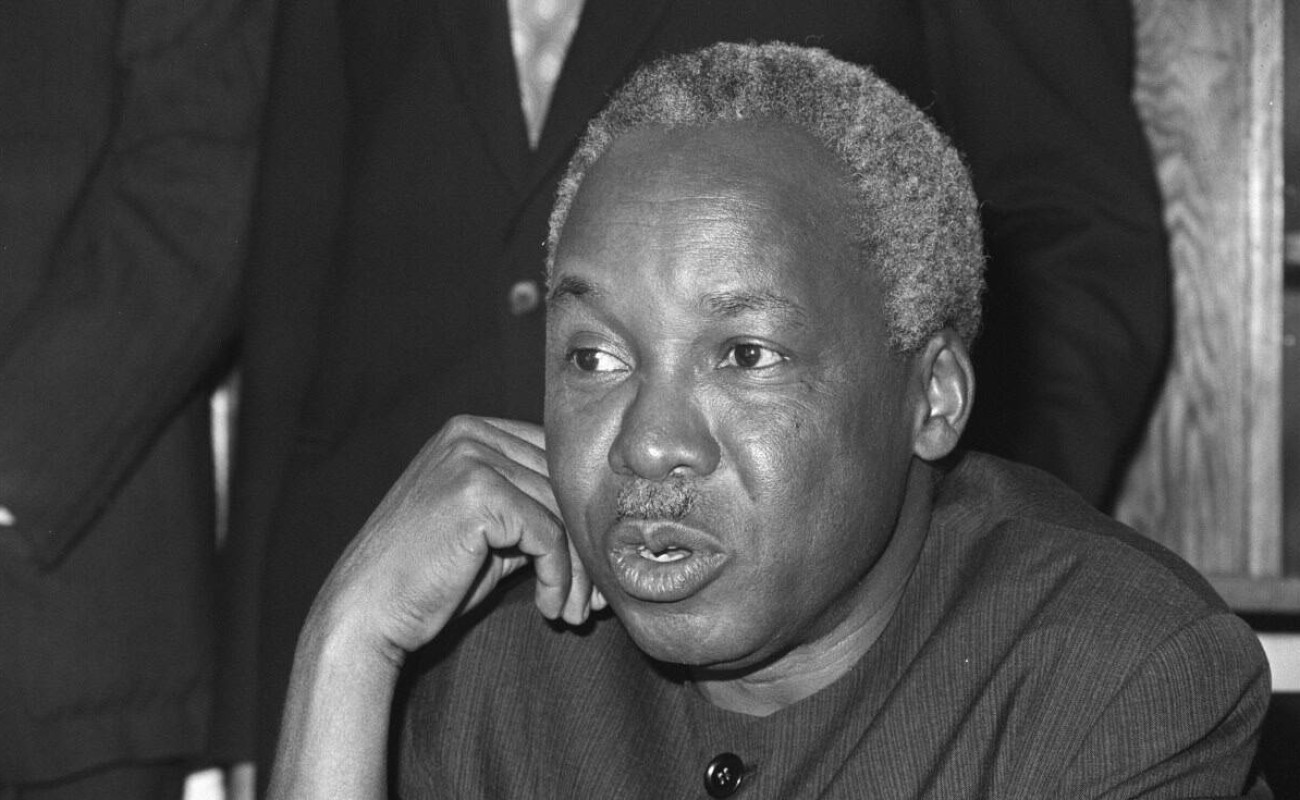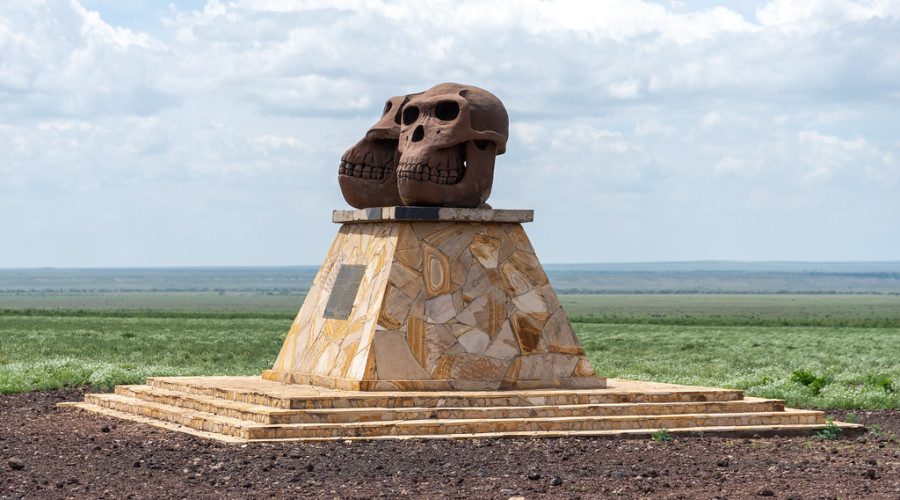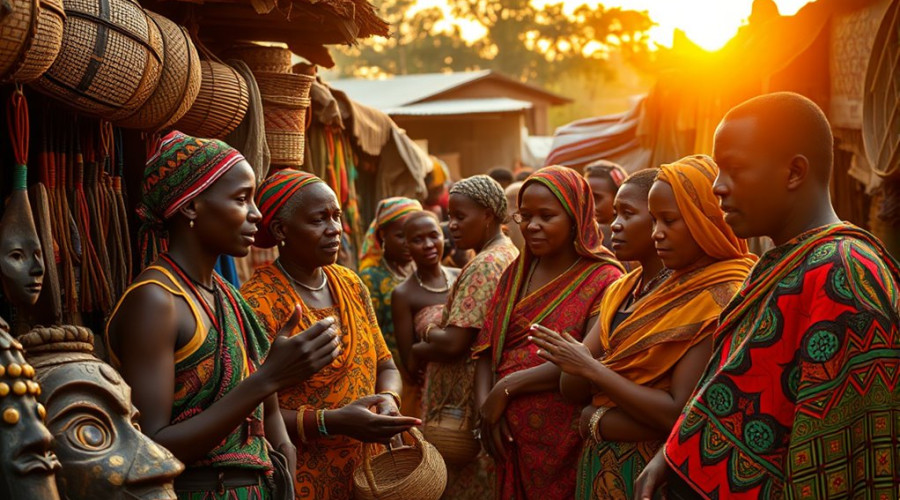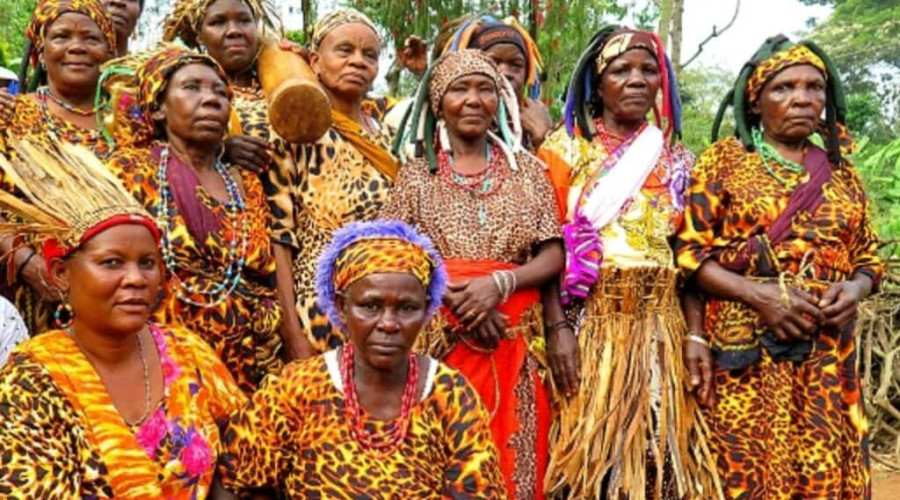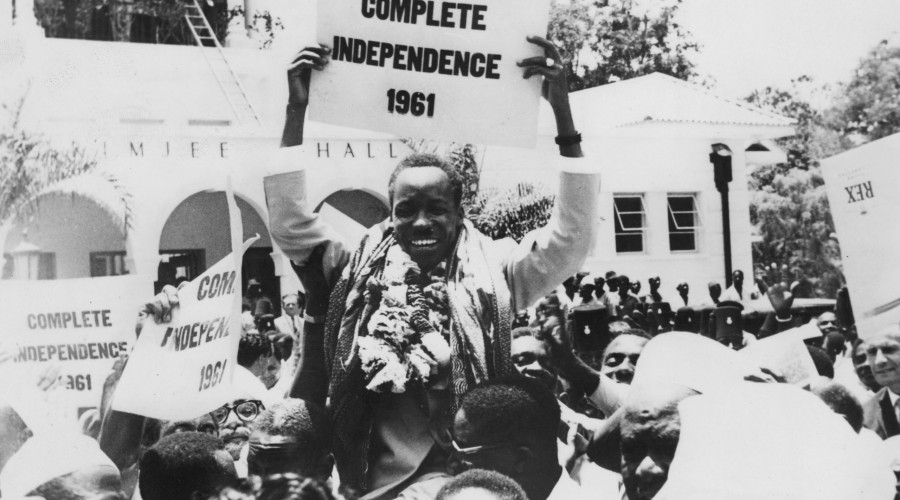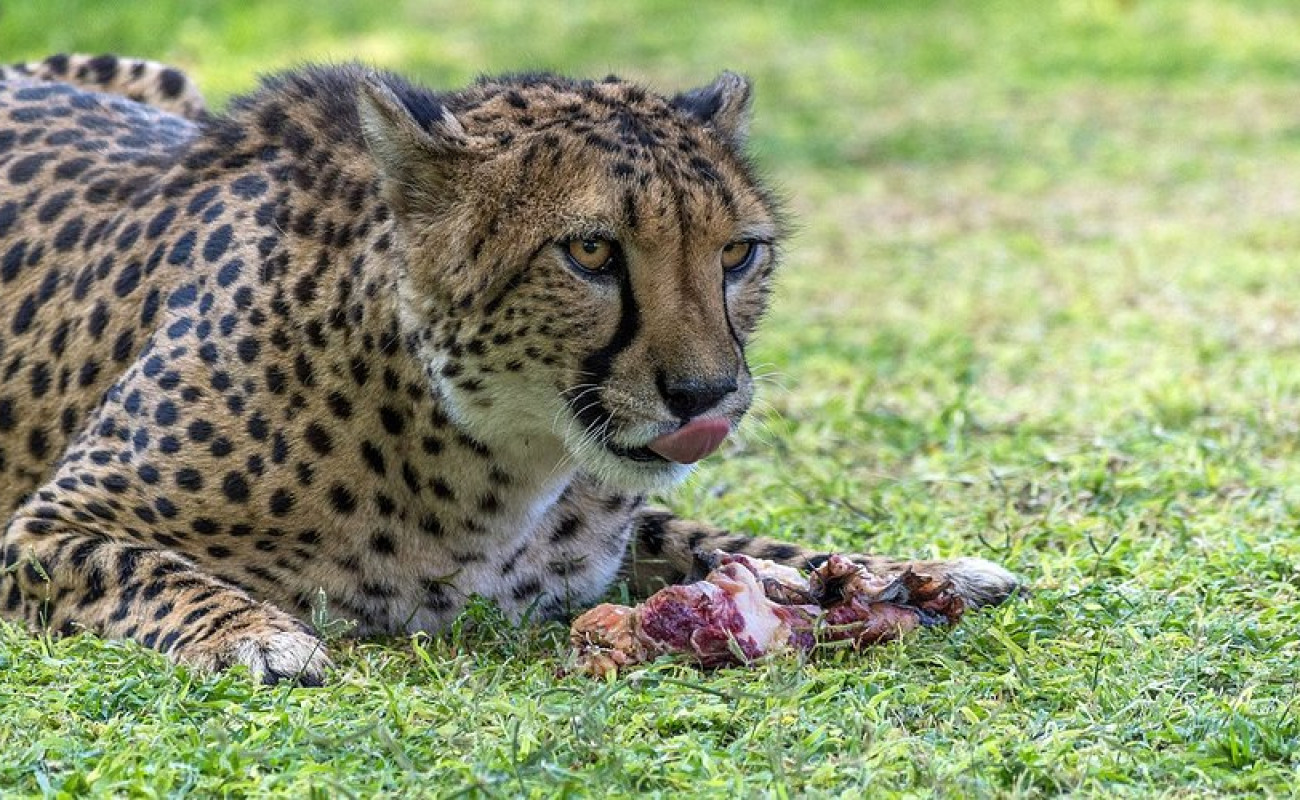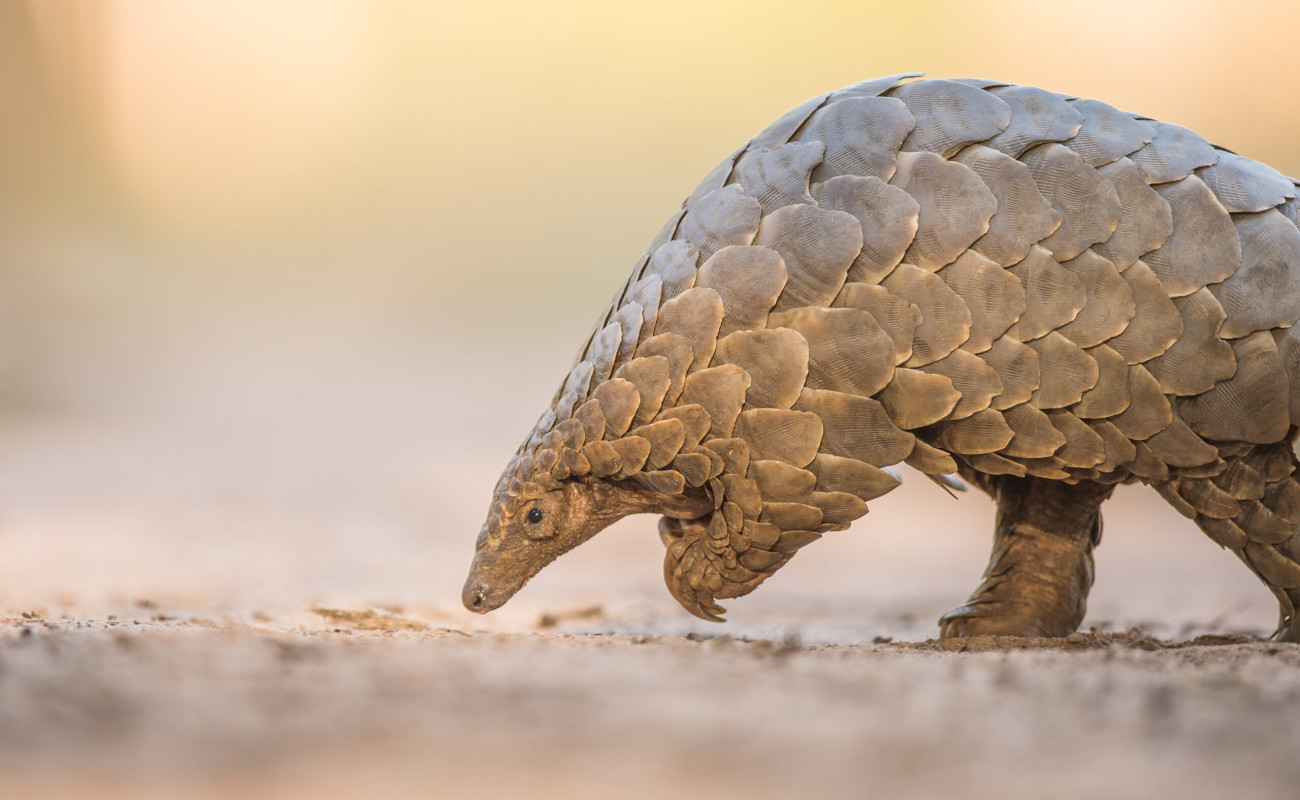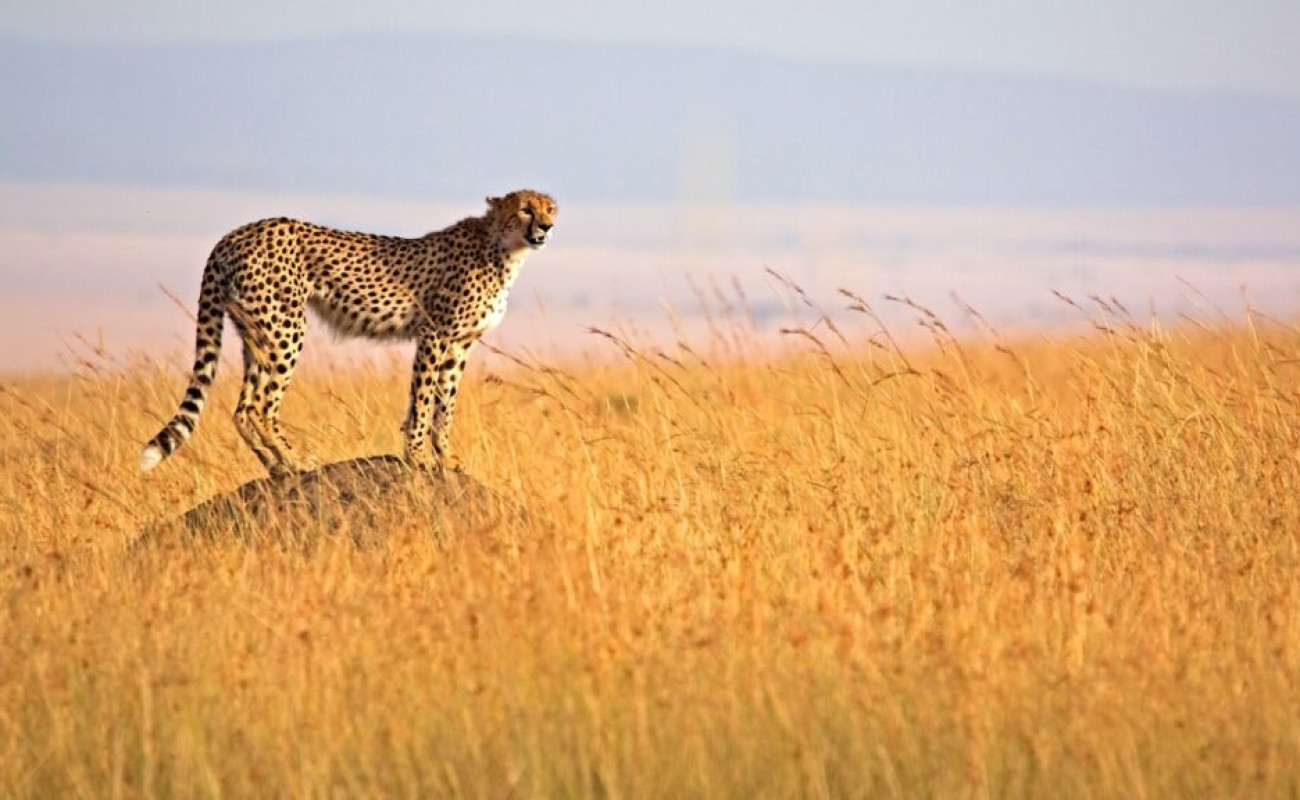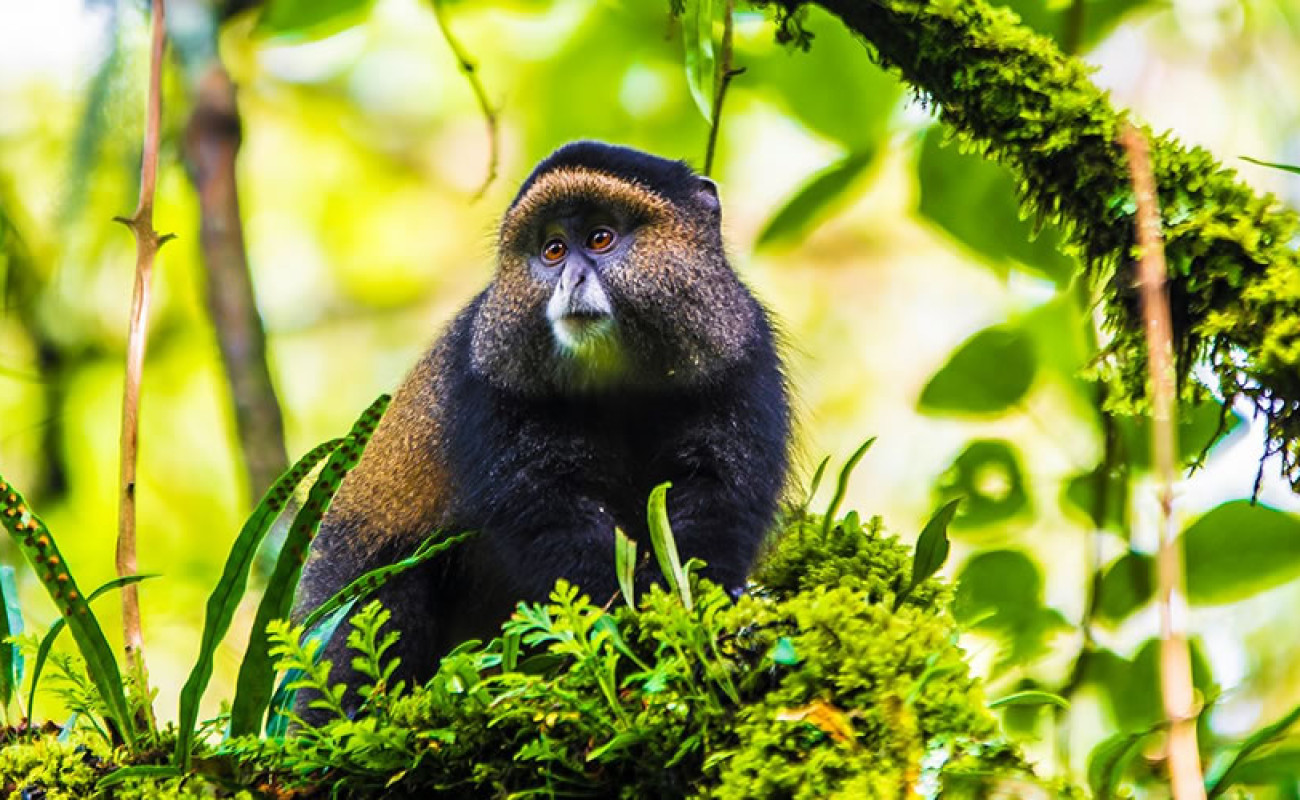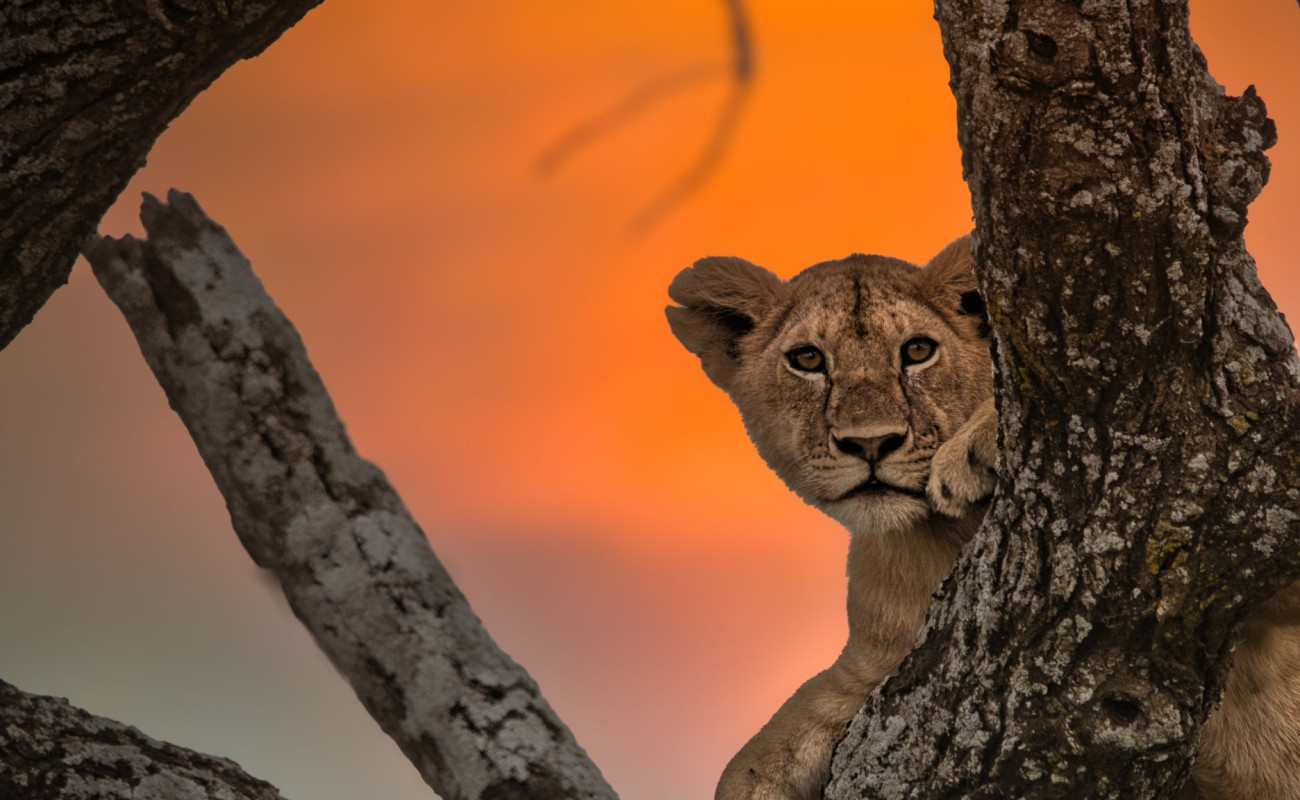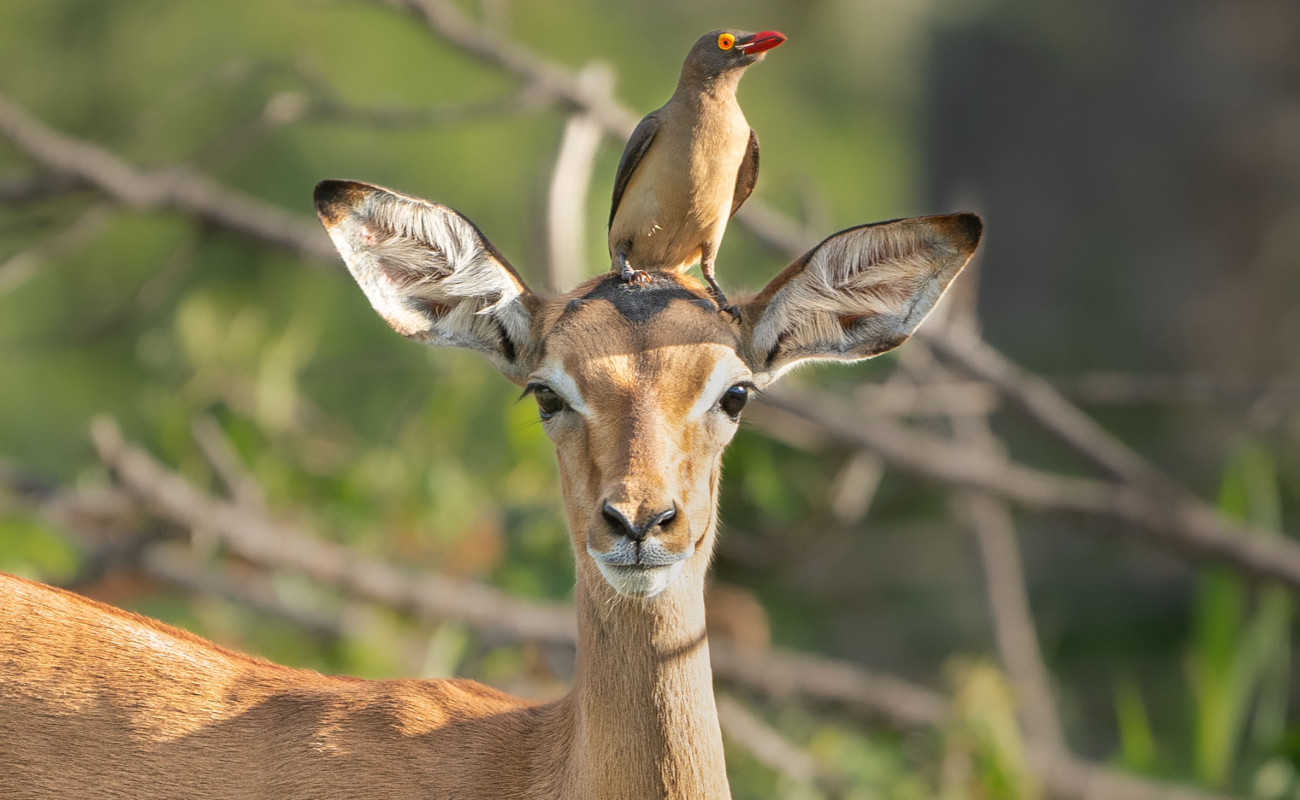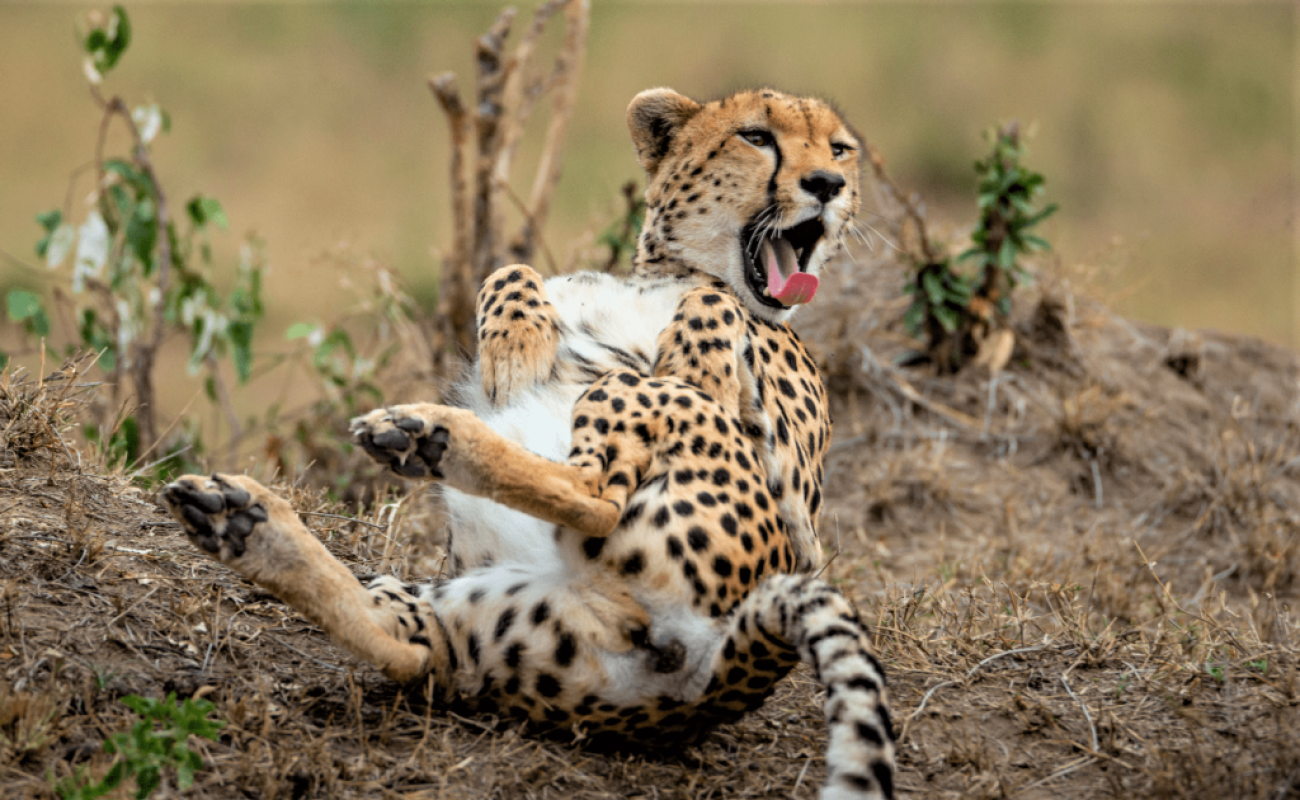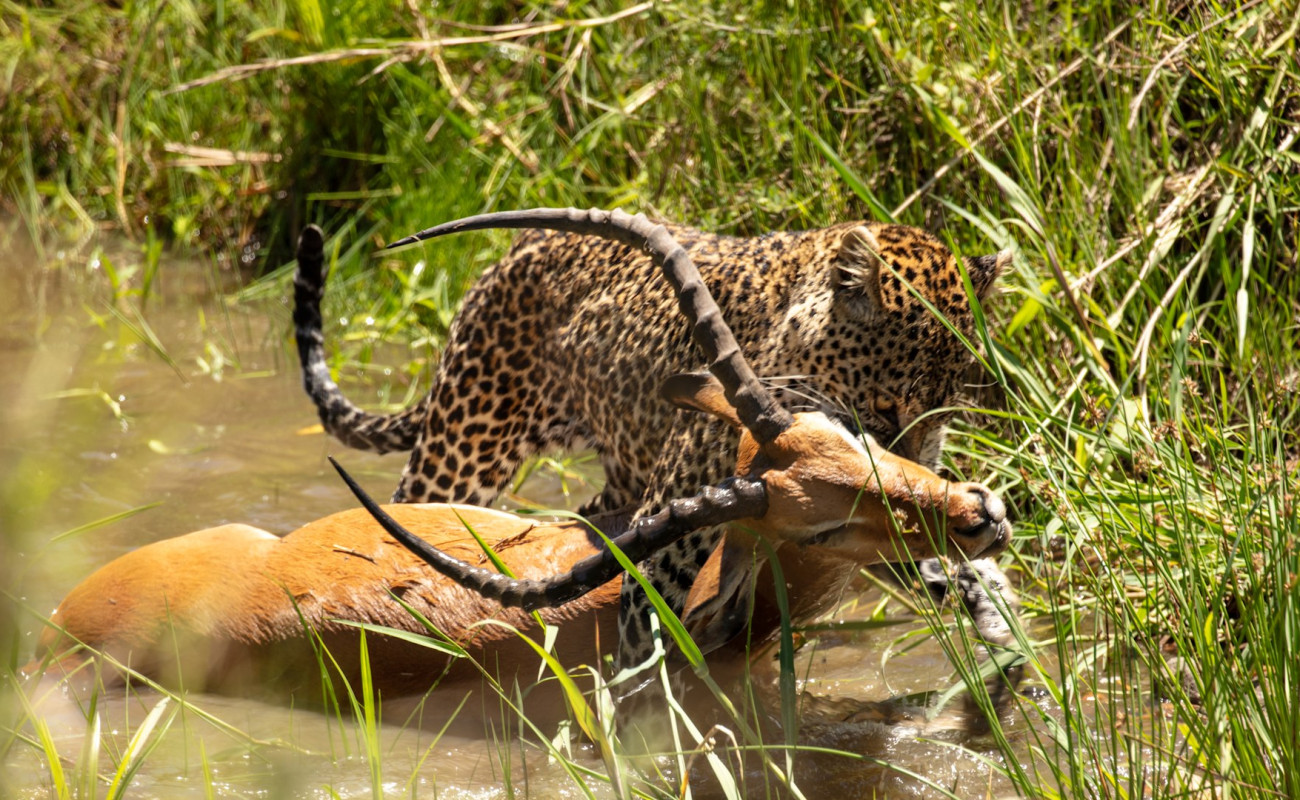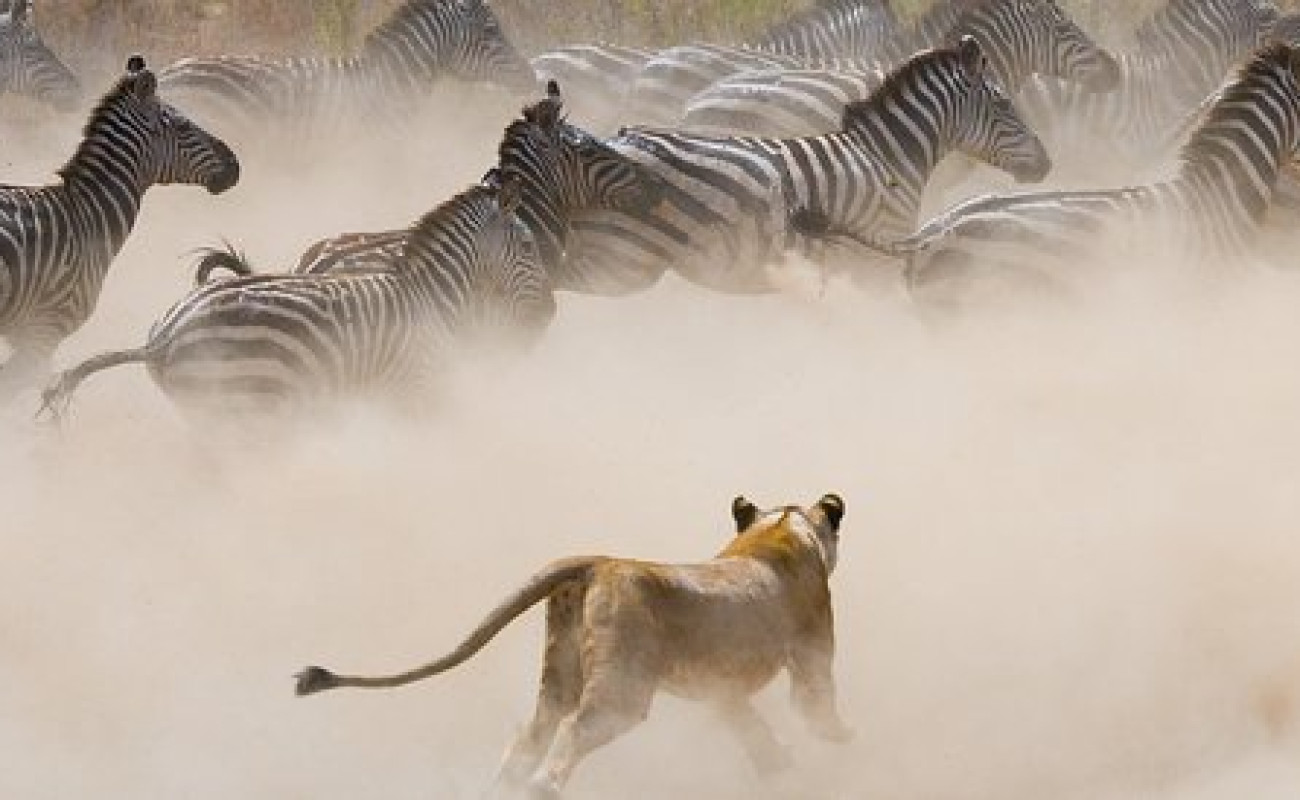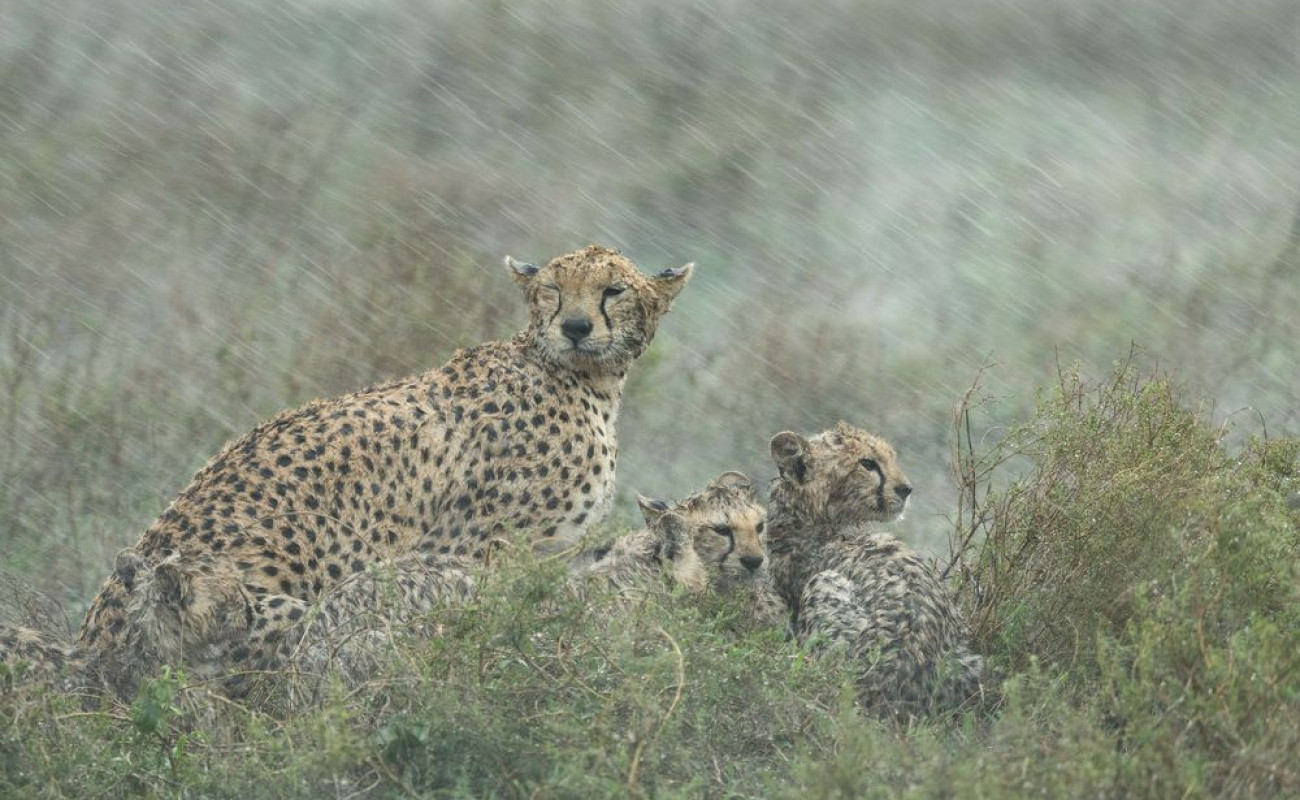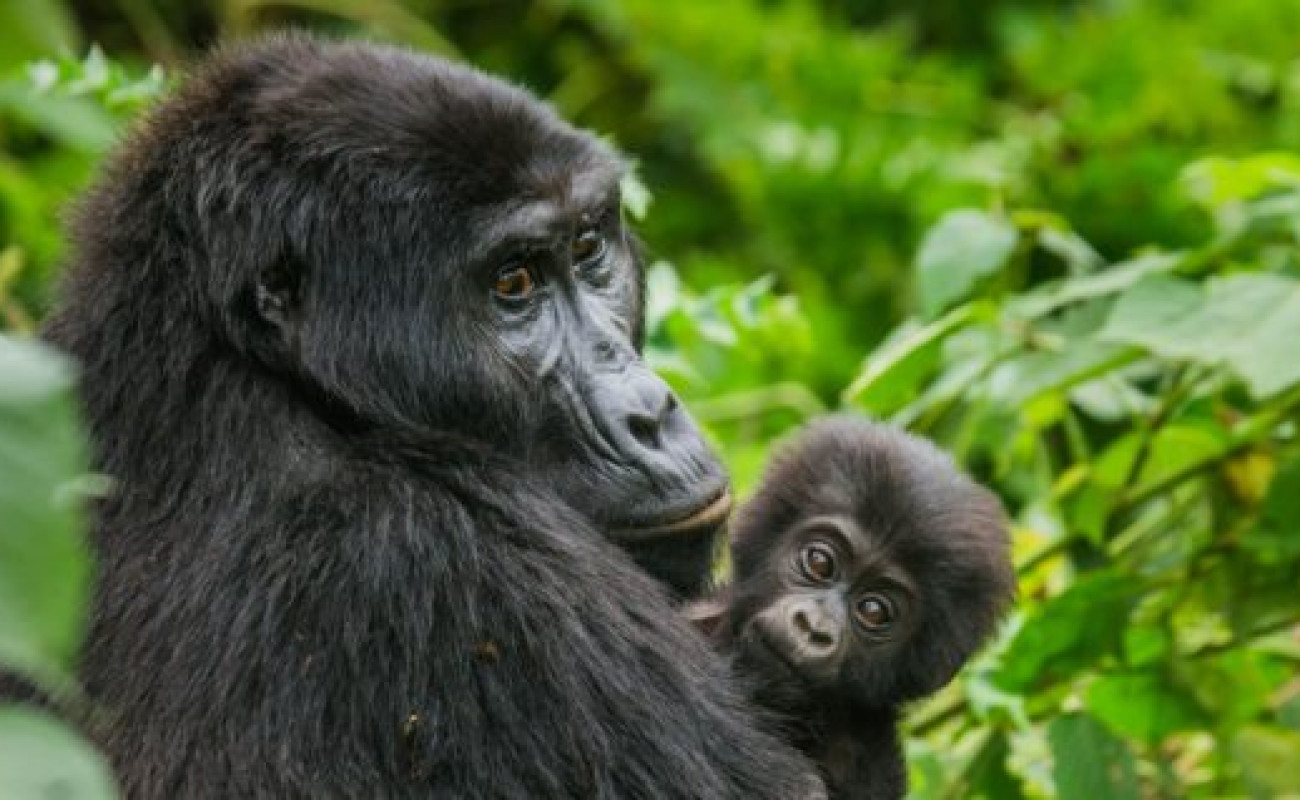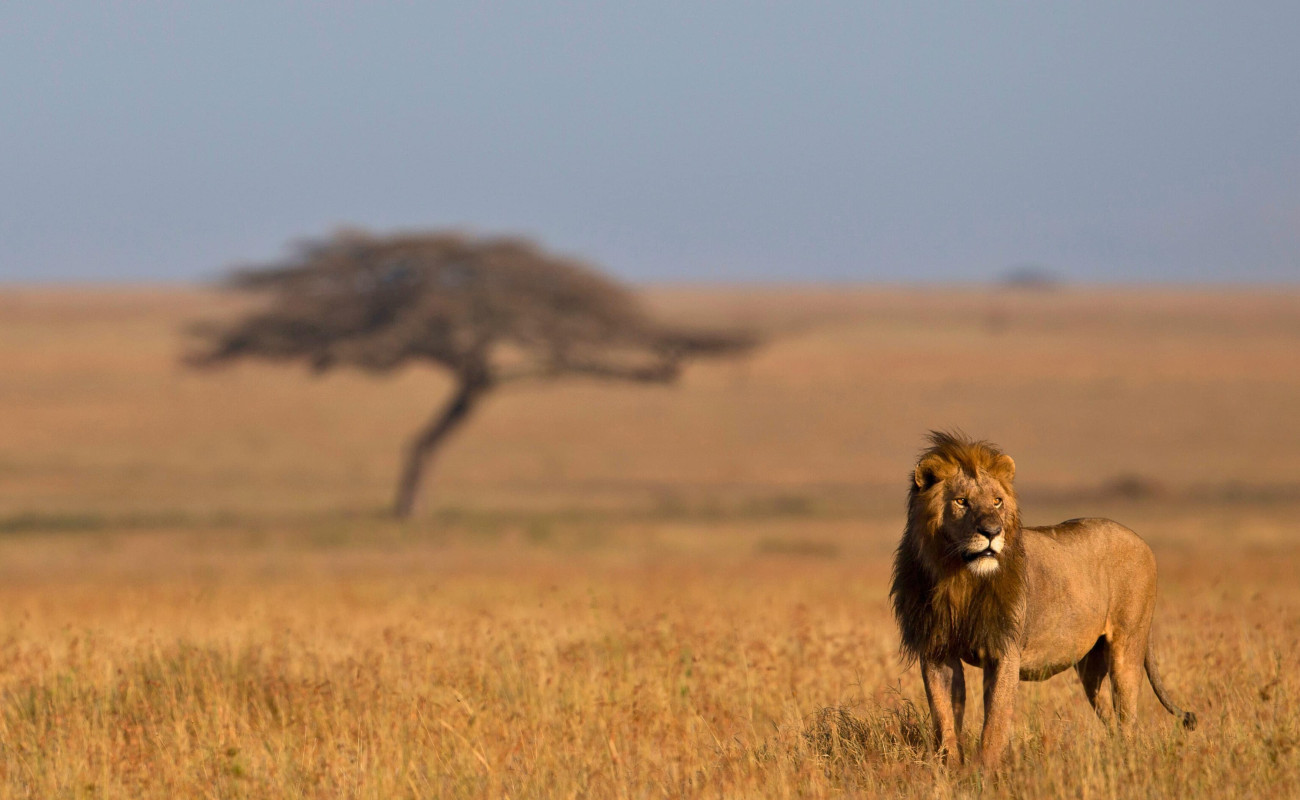Towering at 5,895 meters, Mount Kilimanjaro is Africa’s highest peak and the tallest freestanding mountain in the world.
But there’s something deeper at its summit.
The very top is called Uhuru Peak — uhuru meaning freedom in Swahili. Named in 1961 when Tanzania gained independence, it stands as a global symbol of hope, resilience, and African unity.
Climbing Kilimanjaro isn’t just about conquering altitude.
It’s about rising toward something that’s always been in us — a call to reclaim purpose, pride, and personal power.
“At Uhuru Peak, the air is thin — but the feeling is full.”
Final Thoughts from Kilian – Founder, Eagle Soul Adventure
Tanzania is more than wildlife.
More than lodges. More than adventure.
It’s a place where the human story begins, where peace lives quietly, and where nature and culture move in harmony.
If you want a journey that doesn’t just change your photos — but changes you —
then let Tanzania show you what the world forgot.
Come as a traveler.
Leave as someone who’s remembered their roots.
